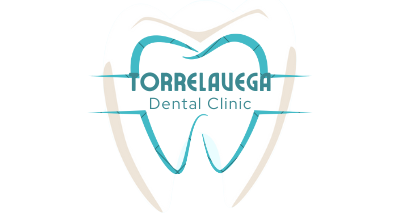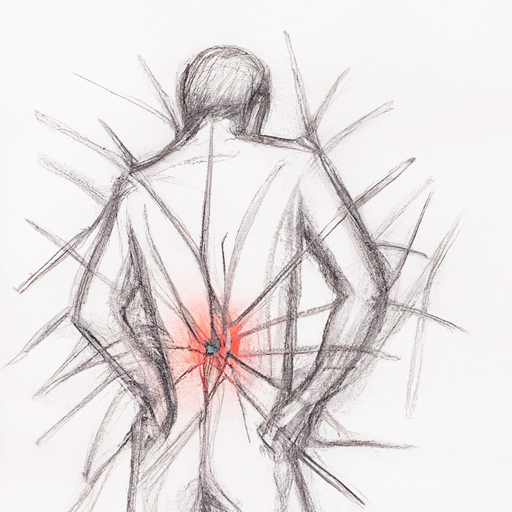A Bang in a Bottle
Ah, nitroethane, the tiny titan in the world of organic chemistry. It’s the kind of molecule that’s small enough to fit in your pocket but packs a punch that could make a chemist’s heart skip a beat. Picture this: a molecule so volatile, so reactive, that it’s like trying to keep a squirrel on a leash—entertaining, but potentially disastrous.
The Nitroethane Chronicles: From Innocuous Origins to Explosive Potential
Let’s dive into the genesis of nitroethane, shall we? Born from the wily coupling of nitric acid and ethane, it emerges as a liquid with a devilish grin, hinting at its penchant for mischief. But don’t let its innocent appearance fool you; beneath that unassuming facade lies the heart of a true pyromaniac.
Nitroethane’s Notorious Reputation
Oh, the tales we could tell about nitroethane! From its use in rocket propellants to its role in the illicit production of certain substances (which we do not condone, of course), this little molecule has certainly made a name for itself. It’s like that rebellious teenager of the chemical world—constantly causing trouble but undeniably fascinating.
The Chemistry of Chaos: Why Nitroethane is a Pyromaniac’s Dream
Now, let’s get down to the nitty-gritty. Nitroethane’s explosive tendencies stem from its nitro group—a trio of atoms just itching to break free and wreak havoc. Mix it with the right companions, and you’ve got yourself a recipe for controlled chaos.
Imagine a chemical reaction as a tango between molecules, each partner bringing its own flair to the dance floor. Nitroethane waltzes in with its nitro group leading the way, ready to tango with anything that dares to get too close. It’s like watching a fireworks show in a test tube—spectacular, but definitely not for the faint of heart.
The Future of Nitroethane: A Wild Ride Ahead
As we peer into the crystal ball of chemistry, what do we see for nitroethane? A future filled with even more surprises, undoubtedly. Perhaps new applications will emerge, or maybe we’ll uncover even wilder reactions that push the boundaries of what we thought possible.
One thing’s for sure: nitroethane will continue to be the rebel of the lab, the maverick of molecules. So buckle up, fellow chemists, because this is going to be one explosive ride!
Conclusion: Nitroethane—Handle with Care, Embrace the Chaos
In conclusion, dear readers, nitroethane is not your average chemical compound. It’s the life of the party, the troublemaker in the lab, and the source of endless fascination for chemists everywhere.
So, the next time you encounter a bottle of nitroethane, remember to treat it with the respect it deserves. Handle with care, embrace the chaos, and maybe, just maybe, you’ll glimpse the wild spirit of this tiny titan.
Here’s to nitroethane—may its explosions be controlled, its reactions be fruitful, and its stories be told for years to come!




